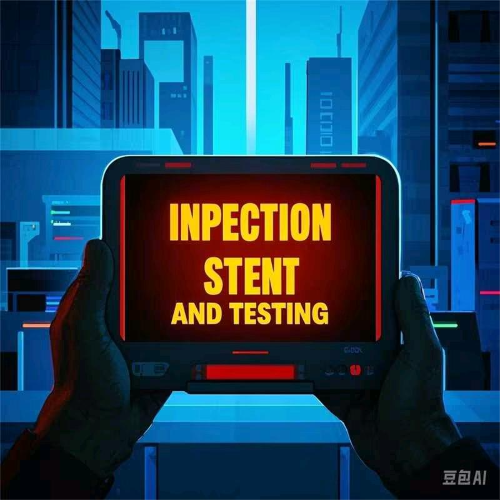Analysis of Gas Concentration in High - Voltage Reactors of Large - Scale Hydroelectric Generator Sets
Oliver Watts
07/11/2025
Topics
Hey! I'm Oliver Watts, an electrical engineer in Inspection and Testing. With years of hands - on experience, I ensure electrical systems meet top safety and performance standards. Using advanced gear, I conduct diverse tests, easily spotting issues in both large - scale industrial and small - scale commercial setups. I love teaming up, sharing knowledge, and keeping up with industry regs. Also, I'm skilled at data analysis with software. If you're into electrical inspection or just want to chat engineering, reach out. Let's connect and explore!
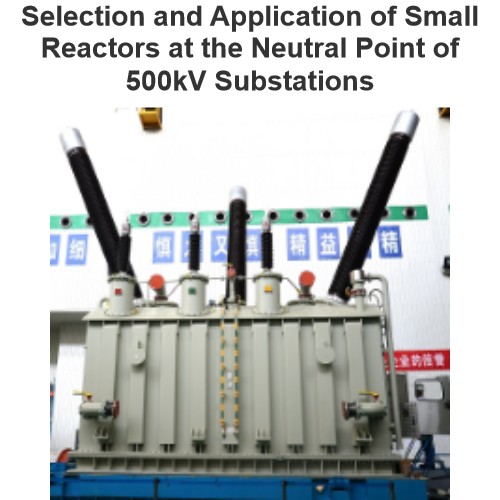
Selection and Application of Small Reactors at the Neutral Point of 500kV Substations
1 Relevant Theories of Small Neutral Point Reactors in 500kV Substations1.1 Definitions and RolesA reactor is a key power system component that controls the phase relationship between AC current and voltage, divided into inductive and capacitive types. Inductive reactors limit short-circuit currents and improve stability; capacitive ones enhance transmission efficiency and voltage quality. A small neutral point reactor is a specialized type connected between a three-phase system's neutral point
Echo
07/25/2025
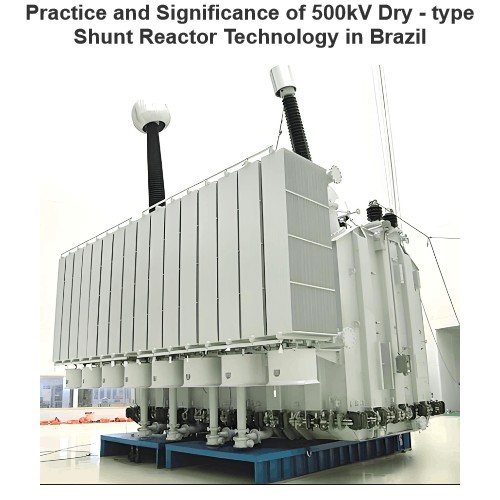
Practice and Significance of 500kV Dry - type Shunt Reactor Technology in Brazil
1 Technical Features and Standard References of 500kV Dry - type Shunt Reactors1.1 Technical FeaturesThe 500kV dry - type shunt reactor, an oil - free power device for ultra - high - voltage transmission systems, boasts core features like advanced insulation, innovative heat dissipation, optimized electromagnetic design, and modular structure. These advantages, outperforming traditional oil - immersed reactors, also drive new technical standard demands.Advanced Insulation: Using epoxy resin cast
Echo
07/24/2025
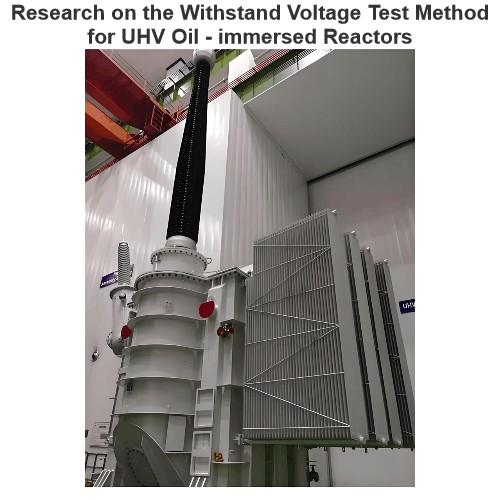
Research on the Withstand Voltage Test Method for UHV Oil - immersed Reactors
1 Investigation of Insulation Defects in UHV Oil - immersed ReactorsKey challenges in high - voltage oil - filled reactors during operation include insulation faults, iron - core magnetic leakage heating, vibration/noise, and oil leakage.1.1 Insulation FaultsParallel - connected reactors, once connected to the main grid’s primary coil and put into use, operate at full power long - term. Sustained high voltage raises operating temperatures, accelerating aging of coil insulation materials an
Oliver Watts
07/24/2025
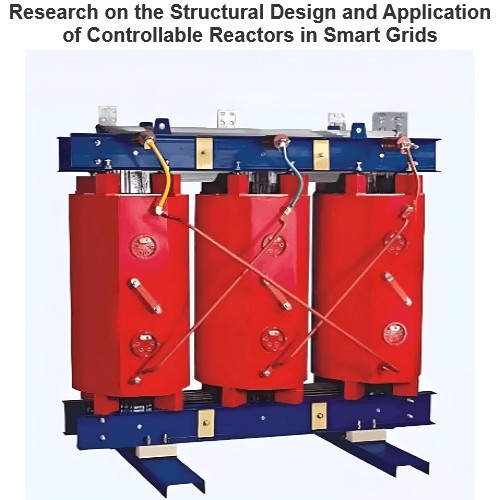
Research on the Structural Design and Application of Controllable Reactors in Smart Grids
Reactors are key for reactive power compensation in power systems, with magnetically controlled reactors as a research focus. A smart grid, upgrading the traditional one via advanced tech, boosts safety and reliability, raising demands for controllable reactors. Thus, developing new - type ones matters. This paper, combining practice, explores their structural design and application to drive innovation and enhance smart grid construction.1 Functions and Application Status of Controllable Reactor
Dyson
07/24/2025
